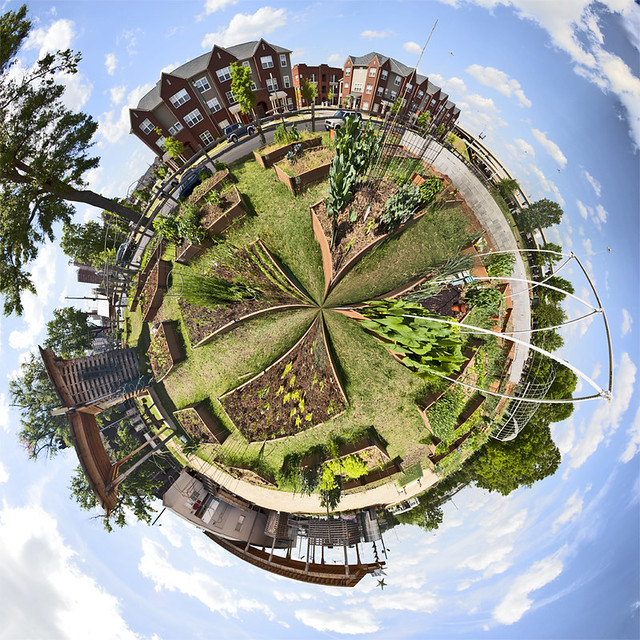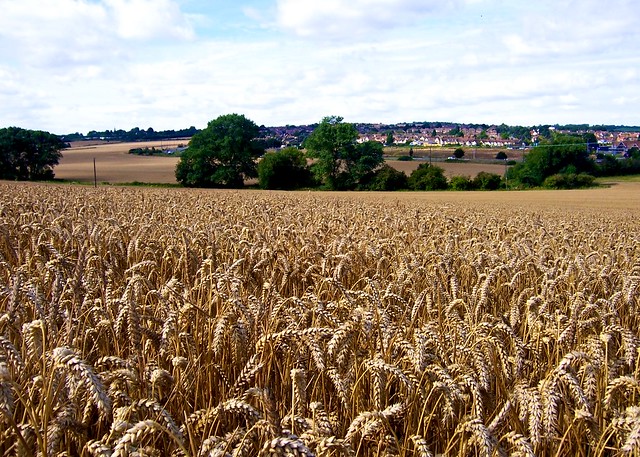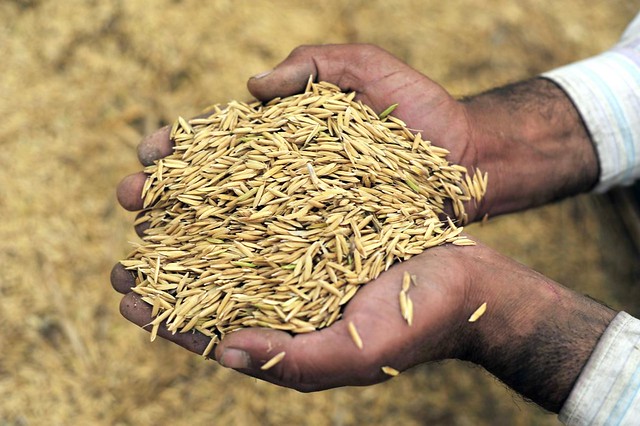 |
| Photo credit Sarah Nott on Flickr |
“It behooves us to educate ourselves about this important issue”.In a series of articles in the Seattle Examiner, Swanson explains the what, how, and where of GMOs in America, and why the laws which should be protecting the public are simply not there. Data was drawn mainly from government sources (USDA:NASS, CDC) and some health institutes have been used to prepare a graphic description of the increasing disease trends correlated with increasing GM crops and increasing applications of glyphosate herbicide, which the majority of GM crops are genetically transformed to accumulate.
Graph after graph shows the same pattern: disease incidence remained relatively stable until around 1995, after which there has been a steady climb which continues year-on-year. The quantities of applied glyphosate and the percentage of GM corn and soya growing are superimposed on the charts. All trends can be seen to be following disturbingly parallel courses.





